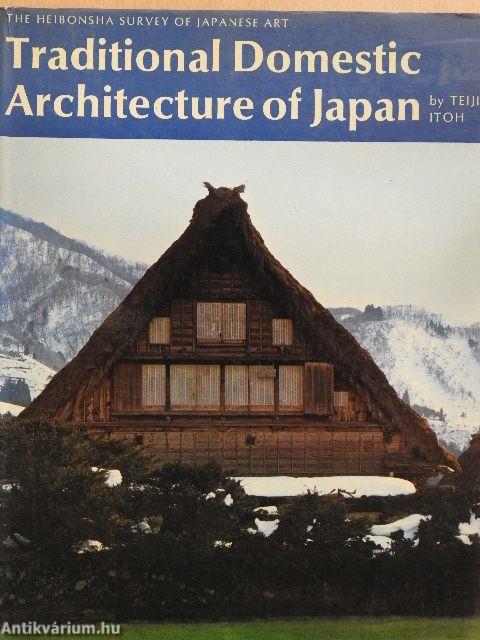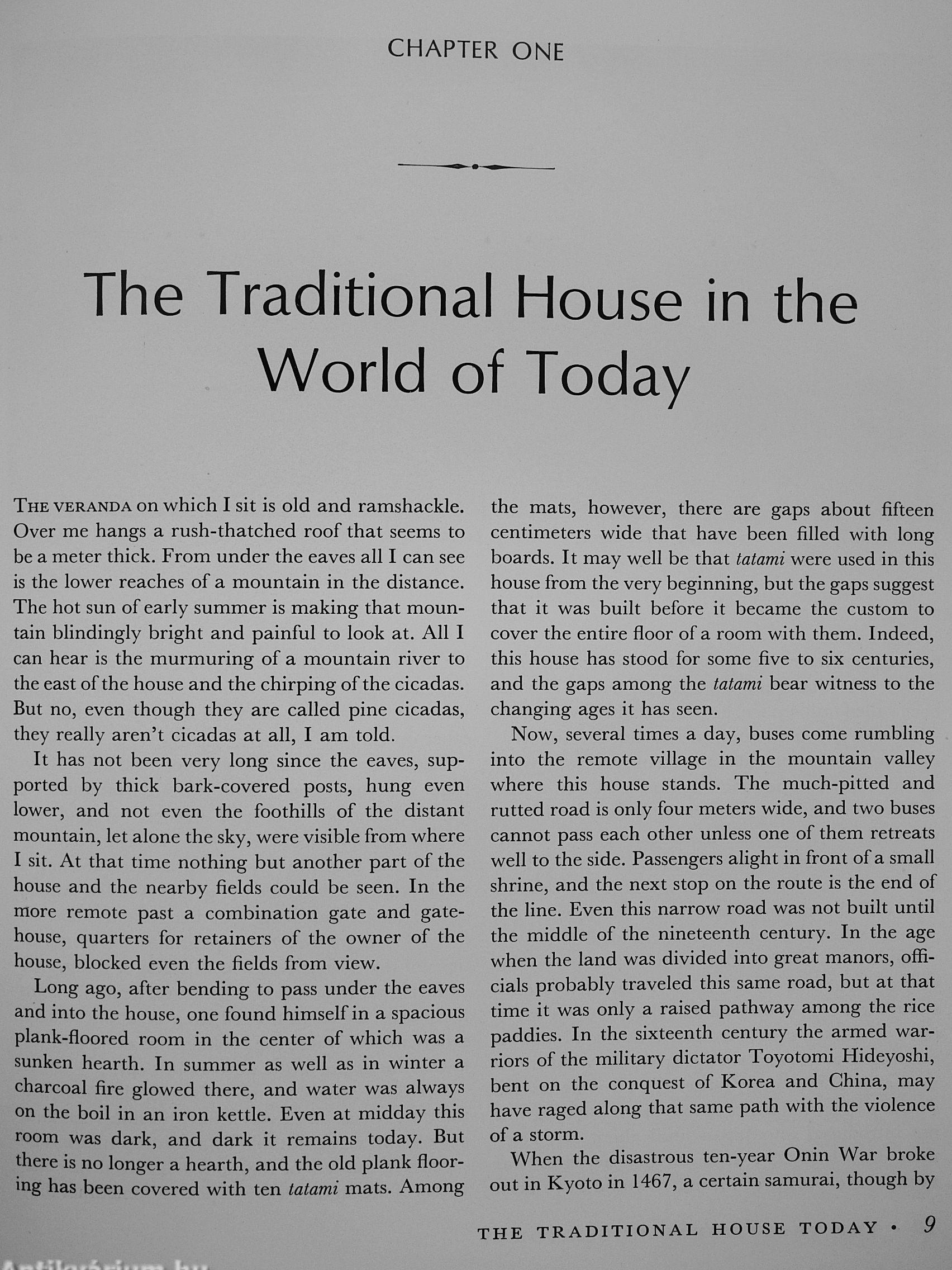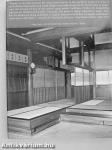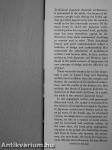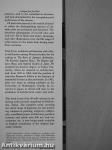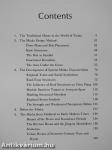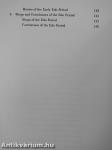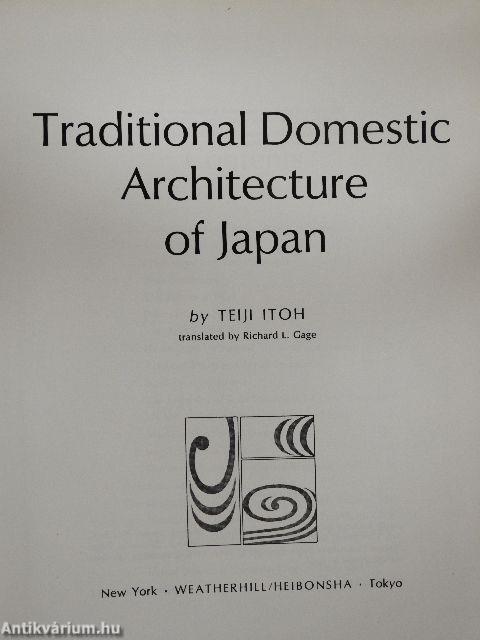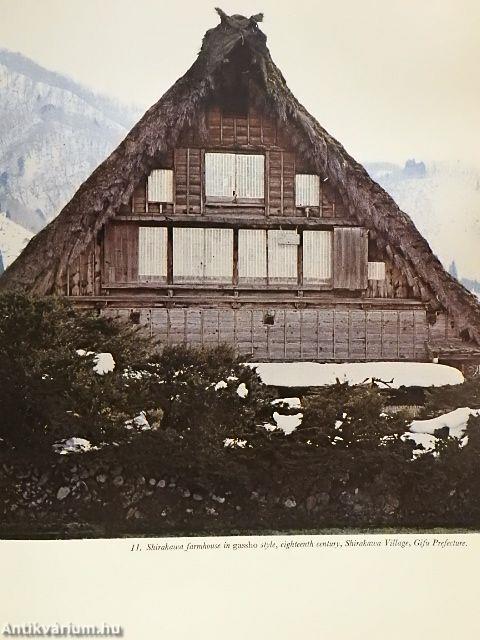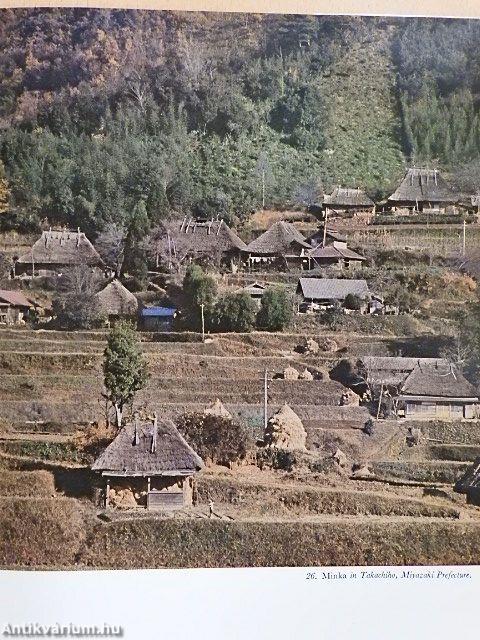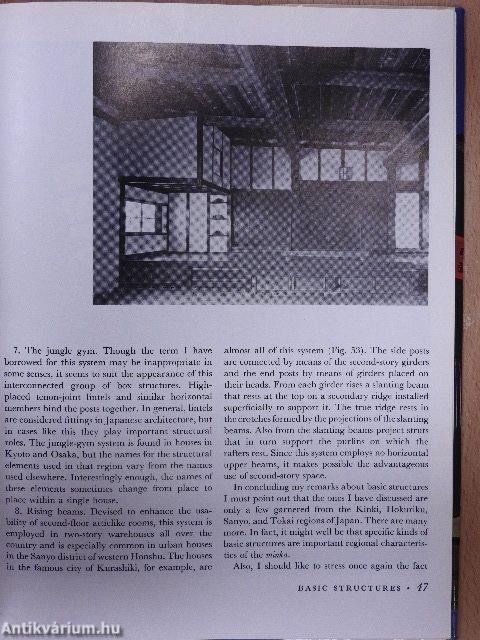1.067.358
kiadvánnyal nyújtjuk Magyarország legnagyobb antikvár könyv-kínálatát

VISSZA
A TETEJÉRE
JAVASLATOKÉszre-
vételek
Traditional Domestic Architecture of Japan
| Kiadó: | John Weatherhill, Inc.-Heibonsha |
|---|---|
| Kiadás helye: | New York |
| Kiadás éve: | |
| Kötés típusa: | Fűzött keménykötés |
| Oldalszám: | 150 oldal |
| Sorozatcím: | The Heibonsha survey of Japanese art? |
| Kötetszám: | |
| Nyelv: | Angol |
| Méret: | 24 cm x 19 cm |
| ISBN: | 0-8348-1004-2 |
| Megjegyzés: | Fekete-fehér és színes fotókkal. |
naponta értesítjük a beérkező friss
kiadványokról
naponta értesítjük a beérkező friss
kiadványokról
Előszó
TovábbFülszöveg
"Popular in the best sense of the word, each volume in this excellent series is a mine of authoritative information and visual deiight, and collectively the 30 volumes give an amazingly full account of one of the world's great artistic traditions. Written by outstanrfng Japanese art scholars and lavishly illustrated, the series is highly regarded in Japan. Now that the books are being published in English, they are sure to find an equally enthusiastic readersh ip in the West." —Gordon B. \A/sshbut'n, DiiGctor, Asis^ House Ca//ery, N^vv York
New York . WEATHERHILL/HEIBONSHA . Tokyo
• \ !
III
'.,) UUUUUUillUUUI
111 I
^ ^
III I Kir:'
' f
m\.
Is-
' k I.
jaatHutii,
id
it,
Traditional Japanese domestic architecture is epitomized in the minka: the houses of the common people built during the feudal age that preceded Japan's entry into the modern world in the late nineteenth century. Of the many forms in which the Japanese architectural genius has expressed... Tovább
Fülszöveg
"Popular in the best sense of the word, each volume in this excellent series is a mine of authoritative information and visual deiight, and collectively the 30 volumes give an amazingly full account of one of the world's great artistic traditions. Written by outstanrfng Japanese art scholars and lavishly illustrated, the series is highly regarded in Japan. Now that the books are being published in English, they are sure to find an equally enthusiastic readersh ip in the West." —Gordon B. \A/sshbut'n, DiiGctor, Asis^ House Ca//ery, N^vv York
New York . WEATHERHILL/HEIBONSHA . Tokyo
• \ !
III
'.,) UUUUUUillUUUI
111 I
^ ^
III I Kir:'
' f
m\.
Is-
' k I.
jaatHutii,
id
it,
Traditional Japanese domestic architecture is epitomized in the minka: the houses of the common people built during the feudal age that preceded Japan's entry into the modern world in the late nineteenth century. Of the many forms in which the Japanese architectural genius has expressed itself, probably none has more immediate appeal for the Westerner than these commoners' dwellings in country and in town. Their functional beauty and quiet understatement reflect a tradition of design and craftsmanship that commands the admiration of professional architect and layman alike. In fact, modern architects, both Japanese and Western, have found in the minka a source of inspiration for (: new concepts of design and the effective use
of space.
These venerable houses play no less important a part in Japan's long and imposing architectural tradition than the temples and shrines, the mansions of the medieval aristocracy, and the castles of the daimyo, for they embody the ideals of Japanese domestic architecture in their most vital form. In a word, the minka is the essential Japanese house.
In this engagingly written and generously illustrated book, the reader is introduced to the minka in all its significant aspects: its place in Japanese architectural history and in the social scene of the feudal age, its structural variety, its adaptation to environmental conditions, its role as a symbol of social status, and its functional'and aesthetic values. At the same time, the book gives appropriate attention to the people who built these houses and lived in them—the farmers, the townsmen, the merchants, the lower-level government officials, the innkeepers, the less affluent
(continued on back flap)
{ continued from front flap)
samurai—and to the variations in structure and style determined by the occupations and preferences of the owners.
Of particular interest is the wealth of detail in which the distinguishing features of the minka style are presented and discussed. The abundant photographs (19 in full color and well over 100 in black and white), drawings, and other illustrations cover the full range of achievement in the minka form during some three centuries.
Teiji Itoh, architectural historian and critic, is well known among Western readers for his writing in The Roots of Japanese Architecture, The Essential Japanese House, The Elegant Japanese House, and Imperial Gardens of Japan. He obtained his doctor's degree at Tokyo University, where he majored in architecture, and, from 1947 to 1965, held the position of Associate Research Fellow in the Institute of Industrial Science at that university. In 1965, after two years as visiting professor at the University of Washington, Seattle, he returned to Japan to devote full time to the profession of architectural writer and critic.
This book is one of the 30-odd volumes in the famous series recently completed by Heibon-sha, Tokyo. The complete series, covering the entire range of Japanese art and including volupies on painting, sculpture, calligraphy, woodblock prints, architecture, gardens, costume and textile arts, folk art, and tea-ceremony art, is now being made available in English translations of the original Japanese volumes.
Jacket illustrations: (front) farmhouse in gassho style, eighteenth century, Shirakawa Village, Gifu Prefecture; (back) detail of main living quarters, Yoshijima house, twentieth century, Takayama, Gifu Prefecture. Printed in Japan.
ISBN 0-8348-1004-2
Vissza
Témakörök
- Idegennyelv > Idegennyelvű könyvek > Angol > Művészetek > Építészet
- Idegennyelv > Idegennyelvű könyvek > Angol > Néprajz
- Néprajz > Tárgyi néprajz > Népi építészet
- Művészetek > Építészet > Kontinensek szerint > Ázsia > Távol-Kelet
- Művészetek > Építészet > Idegen nyelv > Angol
- Művészetek > Építészet > Műemlékek > Népi műemlékek
- Művészetek > Építészet > Építészettörténet > Külföldi
Teiji Itoh
Teiji Itoh műveinek az Antikvarium.hu-n kapható vagy előjegyezhető listáját itt tekintheti meg: Teiji Itoh könyvek, művekMegvásárolható példányok
Nincs megvásárolható példány
A könyv összes megrendelhető példánya elfogyott. Ha kívánja, előjegyezheti a könyvet, és amint a könyv egy újabb példánya elérhető lesz, értesítjük.



